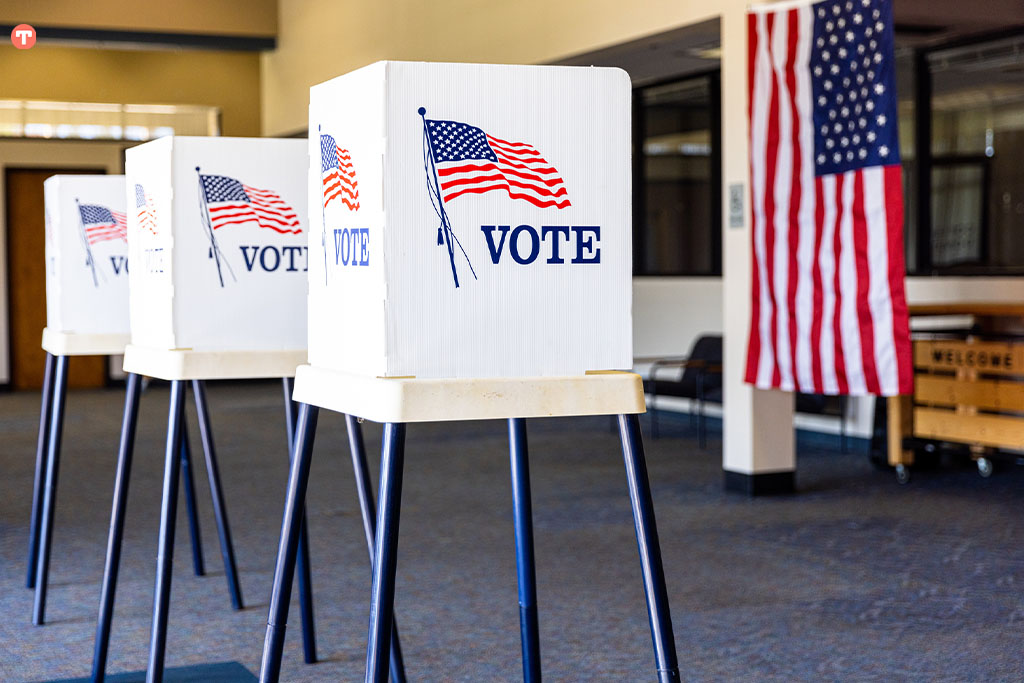An analysis by Tomo — the world’s first complete home buying service.
Posted on The Jamie McMartin Group, February 25, 2024
Entering the housing market in 2024 will not be for the faint of heart with Americans on the edge of their seats for yet another rollercoaster election year. Elections have historically influenced the real estate landscape with everything from fluctuating interest rates to tax reforms and housing incentives. Join the team at Tomo — the world’s first complete home buying service — to see how the U.S. housing market has weathered the storm during the past presidential elections.
2016 Election | Donald Trump
In 2016, the housing market remained resilient with home prices steadily ascending in diverse regions across the United States. The primary catalyst for this stability was the prevalence of historically low mortgage rates which prevailed throughout the year. These favorable rates created a conducive environment for both prospective homebuyers and sellers. Buyers found themselves with increased purchasing power, as low mortgage rates translated into more affordable monthly payments, thereby expanding the realm of homeownership. Concurrently, sellers benefited from heightened demand which contributed to the steady rise in home prices. While the 2016 election did encompass discussions regarding real estate and housing policies, its impact on the market was notably subdued. The housing sector continued to exhibit resilience, demonstrating that it could withstand the uncertainty that often accompanies a presidential election without experiencing significant disruption or volatility. This stability underscored the enduring appeal of real estate as a reliable investment and a cornerstone of the American dream of homeownership.
2008 & 2012 Elections | Barack Obama
The 2008 election occurred against the backdrop of a severe housing crisis that profoundly impacted the housing market. The aftermath of the 2008 financial rollercoaster saw plummeting home values, soaring foreclosure rates, and a tightening credit market, collectively painting a bleak picture for the real estate sector. In response to this crisis, the government implemented significant interventions like the Troubled Asset Relief Program (TARP) to stabilize the housing market and pave the way for recovery. By the time of the 2012 election, there were discernible signs of improvement in certain regions, marking the beginning of a housing market turnaround. This period serves as a poignant reminder of the housing market’s resilience in the face of adversity and the substantial influence that government policies and interventions can have on its trajectory, ultimately impacting the fortunes of both homeowners and buyers.
2004 Election | George W. Bush
In the 2004 election year, the U.S. housing market found itself in a favorable position. Home prices were on an upward trajectory, reflecting a healthy and robust market. Buyers were actively participating in the real estate landscape, motivated by the promising conditions. This period was marked by a notable absence of real estate as a central topic in election discussions. Instead, the focus was directed towards other critical economic factors and issues. The housing market’s stability during this time exemplified its ability to thrive independently, even when not at the forefront of political discourse. This serves as a testament to the multifaceted nature of the U.S. economy, where various sectors can experience growth and stability concurrently, highlighting the resilience of the real estate market in the face of changing political landscapes and economic considerations.




